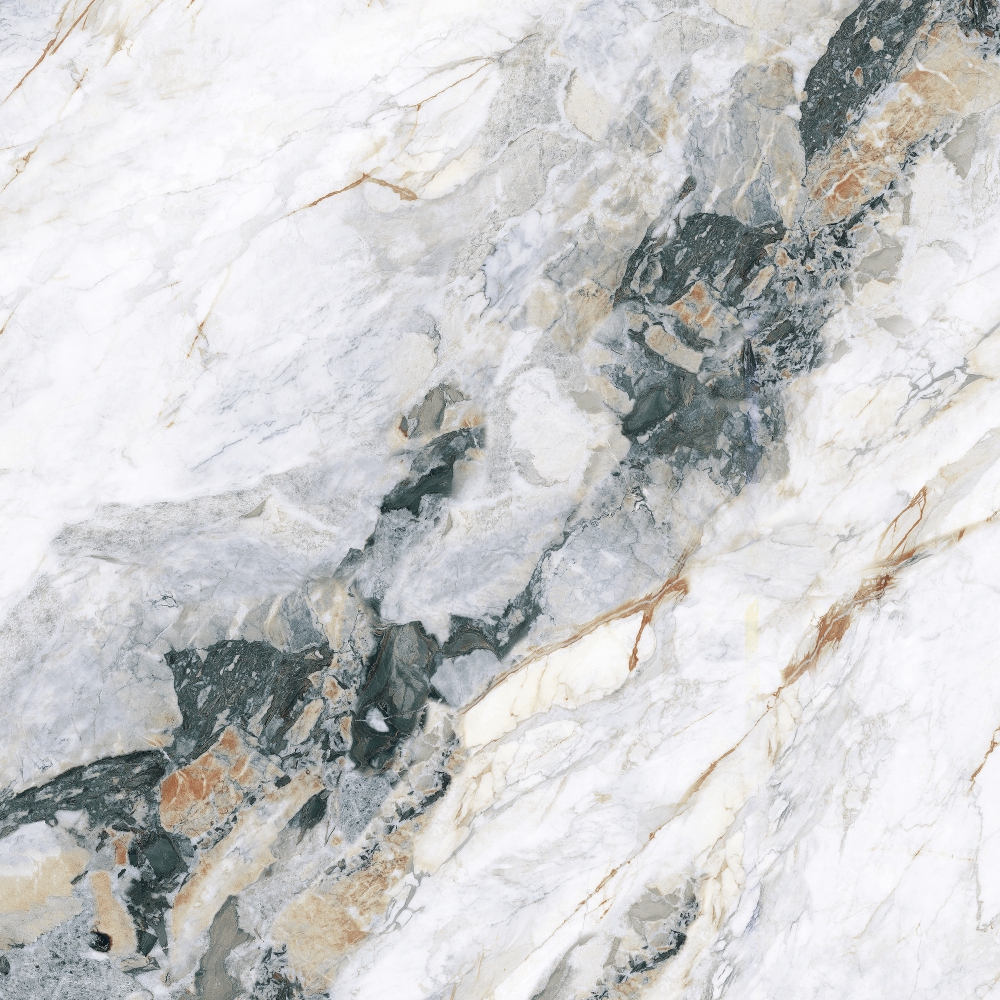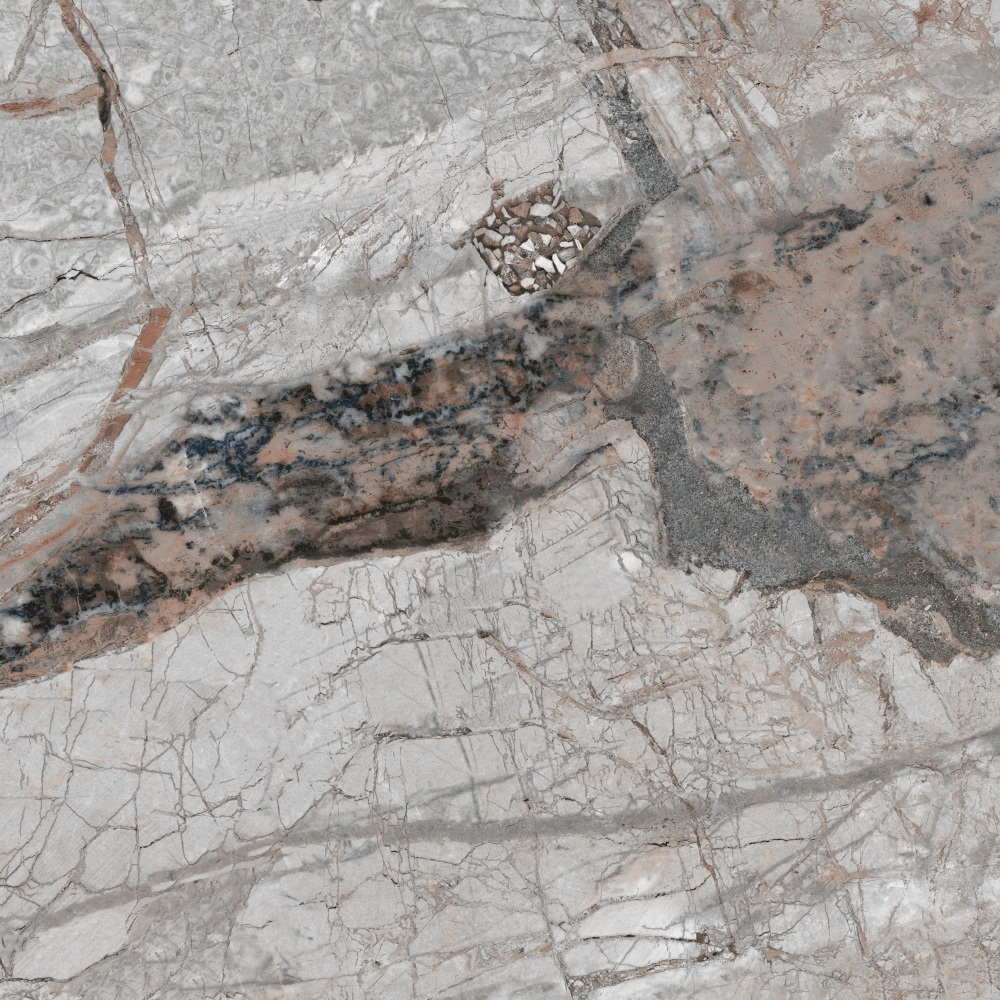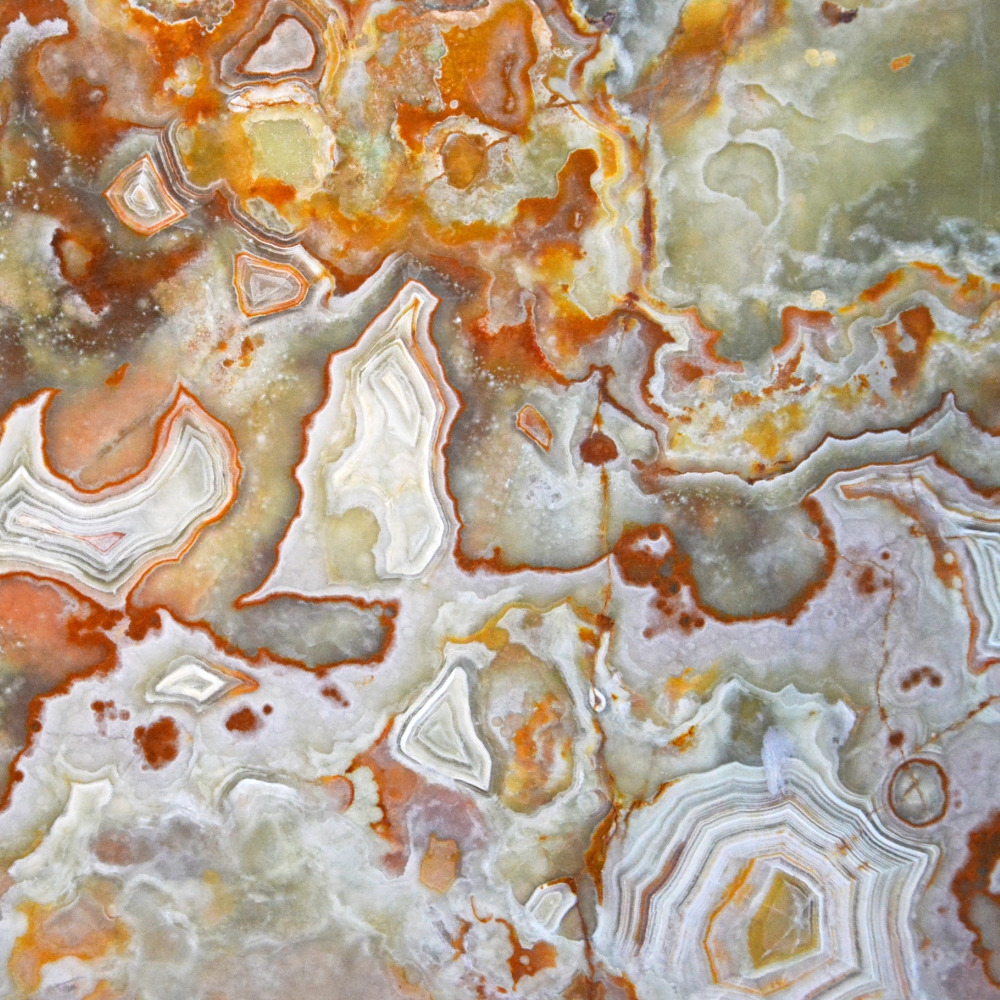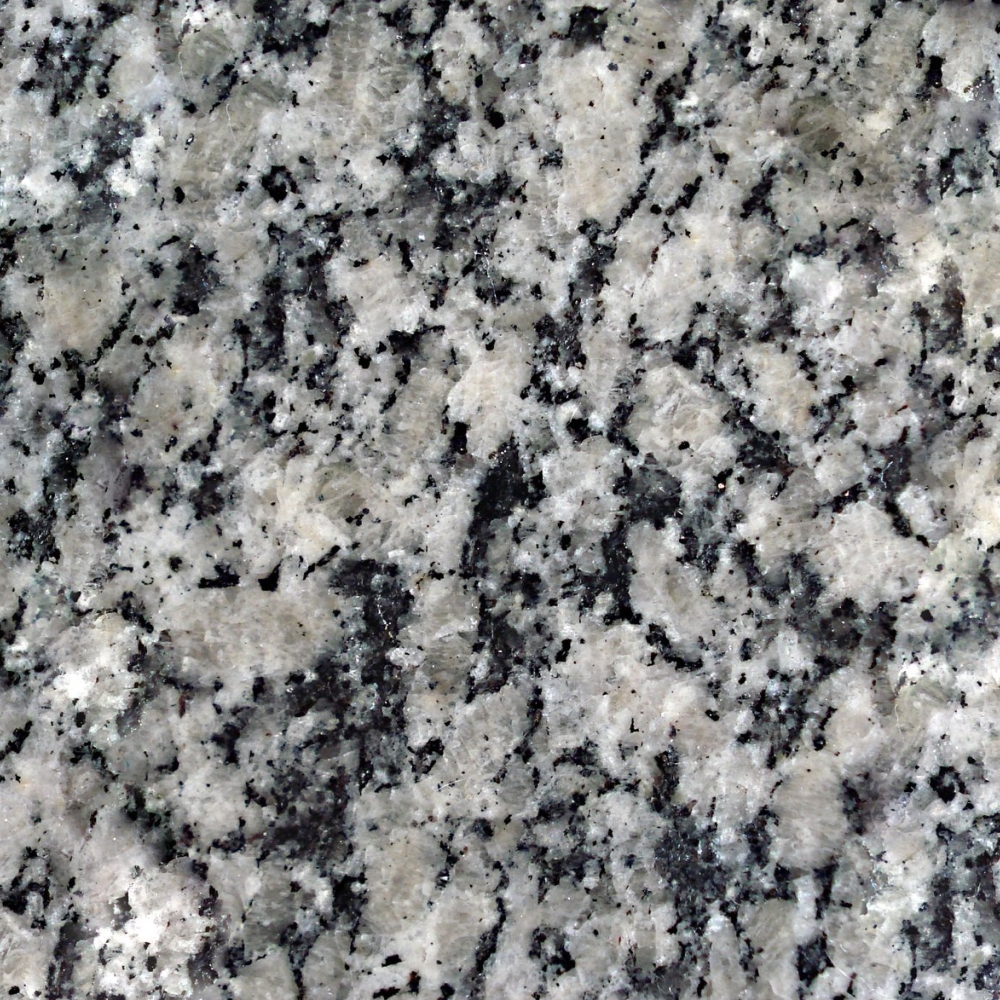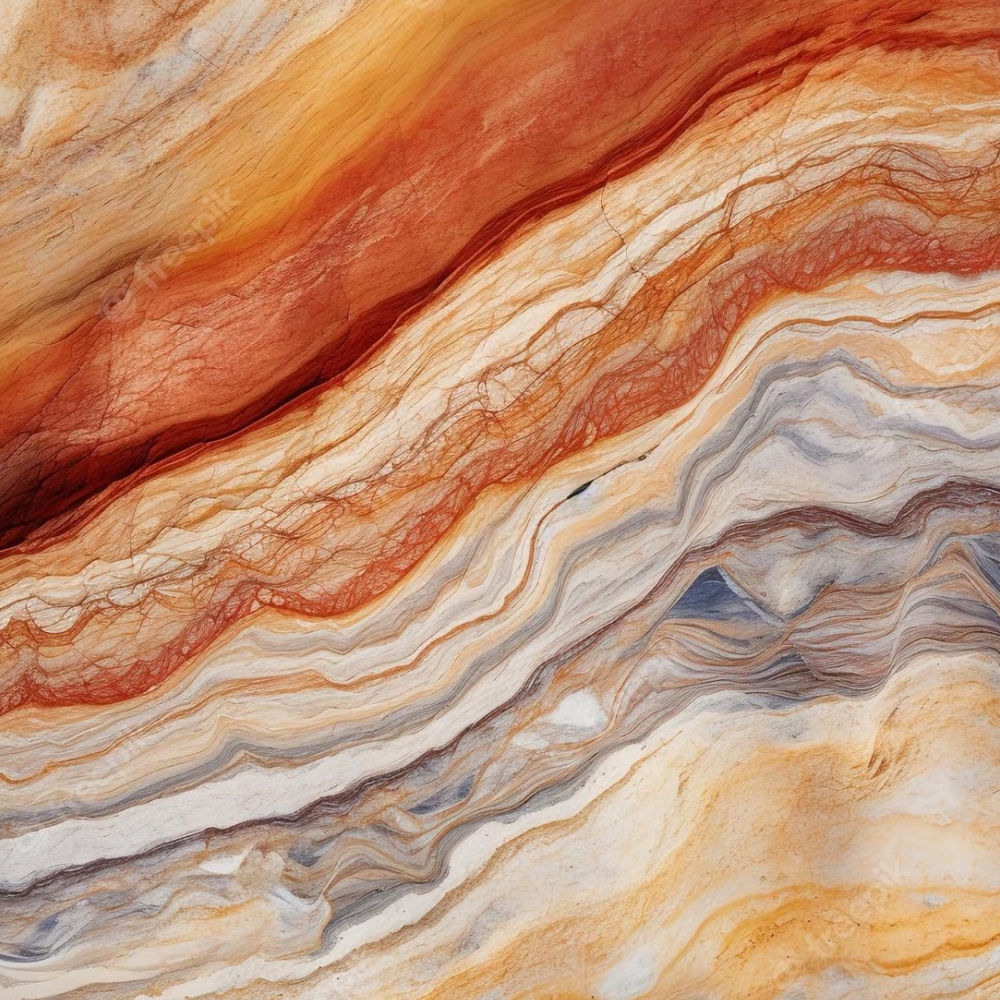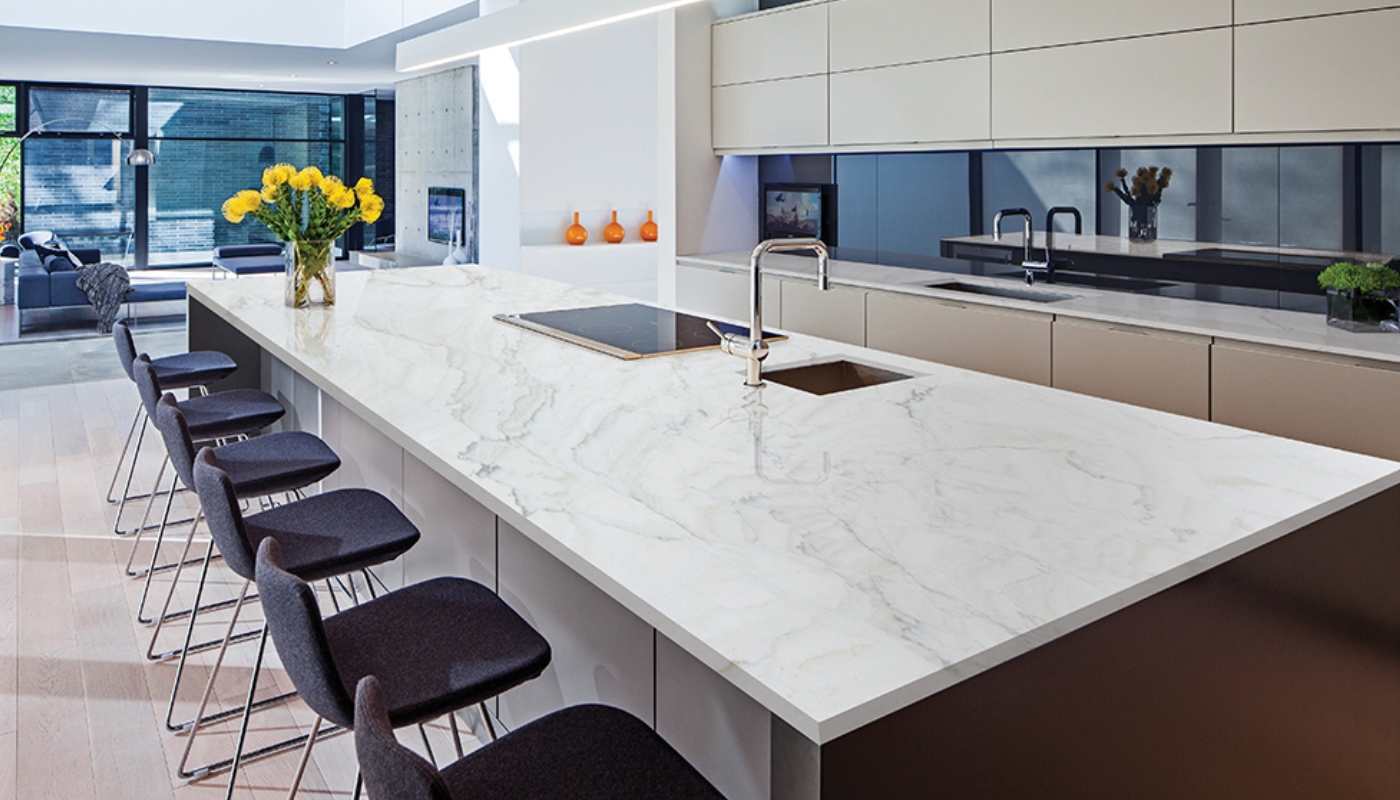
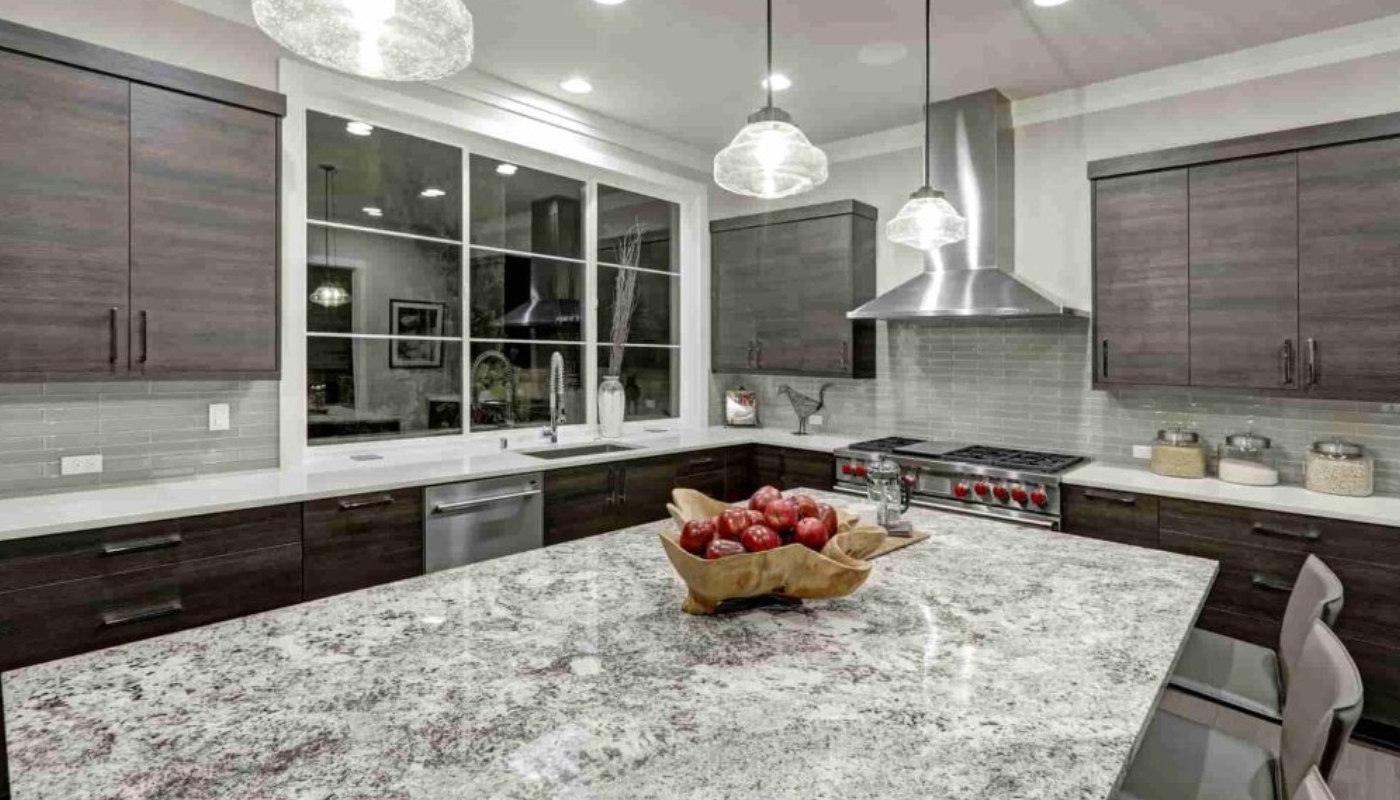
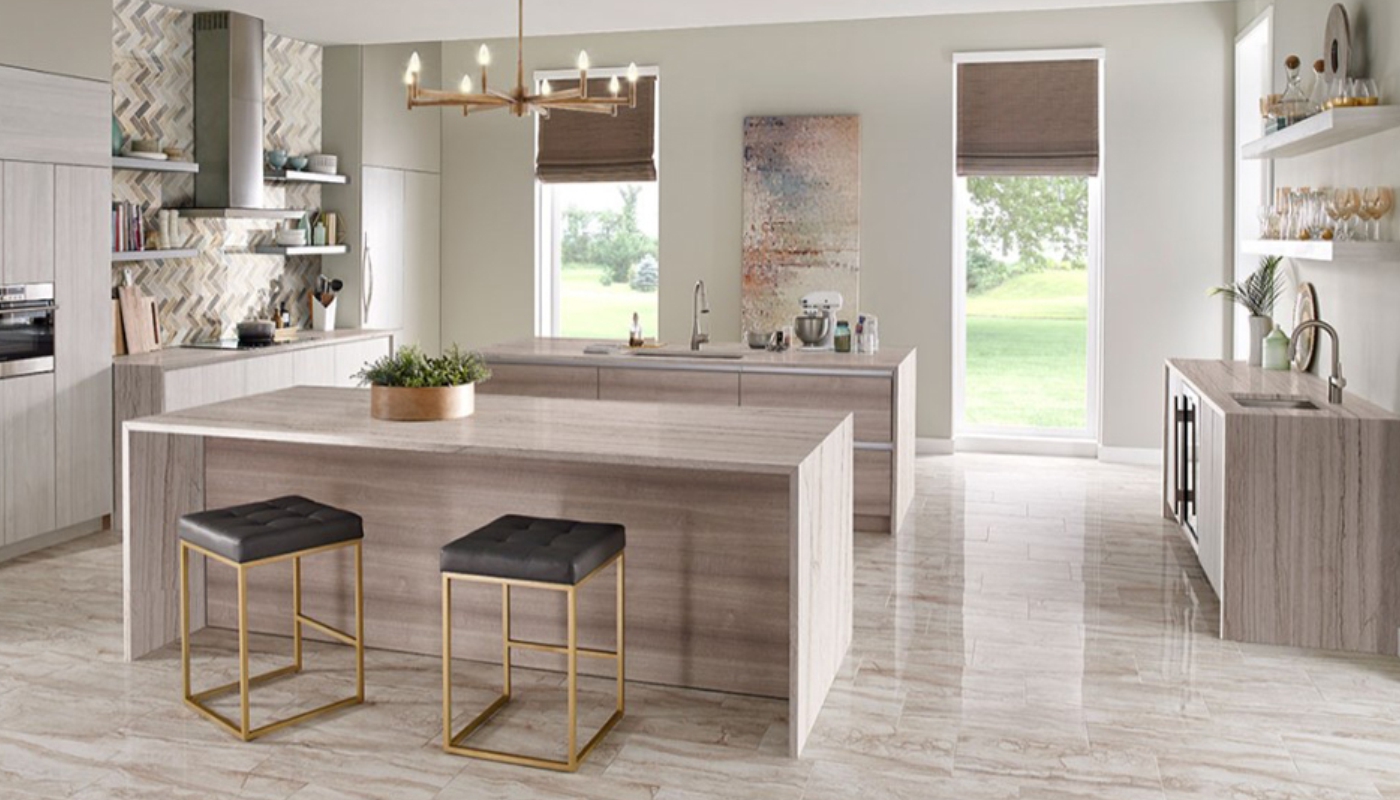
-
Texture
Granular -
Grain size
Medium -
Hardness
7 -
Colour
Wide Variety -
Other
Gritty to touch
Quartzite
Quartz-rich sandstone is altered via the warmth, pressure, and chemical interest of metamorphism. These situations recrystallize the sand grains and the silica cement that binds them collectively. The result is a network of interlocking quartz grains of incredible power.
When sandstone is cemented to quartzite, the character quartz grains recrystallize along with the former cementing cloth to form an interlocking mosaic of quartz crystals.Most or all of the unique texture and sedimentary structures of the sandstone are erased through the metamorphism. The grainy, sandpaper-like surface turns into glassy in look.Minor amounts of former cementing substances, iron oxide, silica, carbonate and clay, often migrate during recrystallization and metamorphosis. This causes streaks and lenses to shape in the quartzite.
Chemical Composition
Quartzite is a metamorphic rock made from quartz sandstone, a sedimentary rock predominantly composed of the silicate mineral quartz. The chemical composite of the quartz minerals is silicon dioxide, written SiO2. The metamorphic forces of heat and pressure force the quartz minerals to bind together and crystallize into a strong matrix. This makes quartzite much harder on the Mohs scale (a measure of a rock’s hardness) than its parent rock of sandstone.
Characteristics and Properties of Rock
You needn’t be a geologist to appreciate the hardness and durability of quartzite.
Not only does this make for a tough stone, but it also makes it easy to tell quartzite from the imposters. Quartz is 7 on Mohs hardness scale. That means it’s harder than glass and harder than a knife blade.
Resistance to acids: Quartzite will not etch from acids like lemon juice or vinegar. Marble and dolomitic marble, on the other hand, will etch from these acids. Dolomitic marble etches slightly more slowly than regular marble. But quartzite will not etch at all from normal kitchen acids.
Porosity: Quartzite has a range of porosities. Some, like Taj Mahal or Sea Pearl, have been highly metamorphosed, and the minerals are bonded together tightly. White Macaubas and Calacatta Macaubas have been exposed to less intense pressure, so they are more porous and will benefit from sealing. if you prefer the beauty and color of quartzite, rest assured that you are selecting a material that is strong, beautiful, and very durable. These materials may be more scratch resistant, but they are not “scratch proof.” Quartzite is ideal for any countertop surface due to its strength and long-lasting composition. Consider quartzite countertops for its strength, beauty, and overall durability.
Catalog
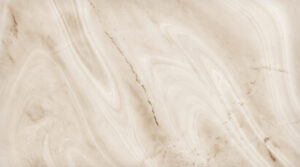 Quartzite 1
Quartzite 1
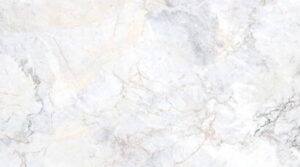 Quartzite 2
Quartzite 2
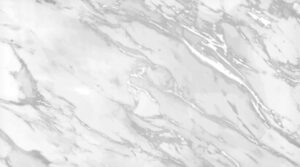 Quartzite 3
Quartzite 3
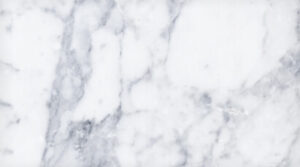 Quartzite 4
Quartzite 4
